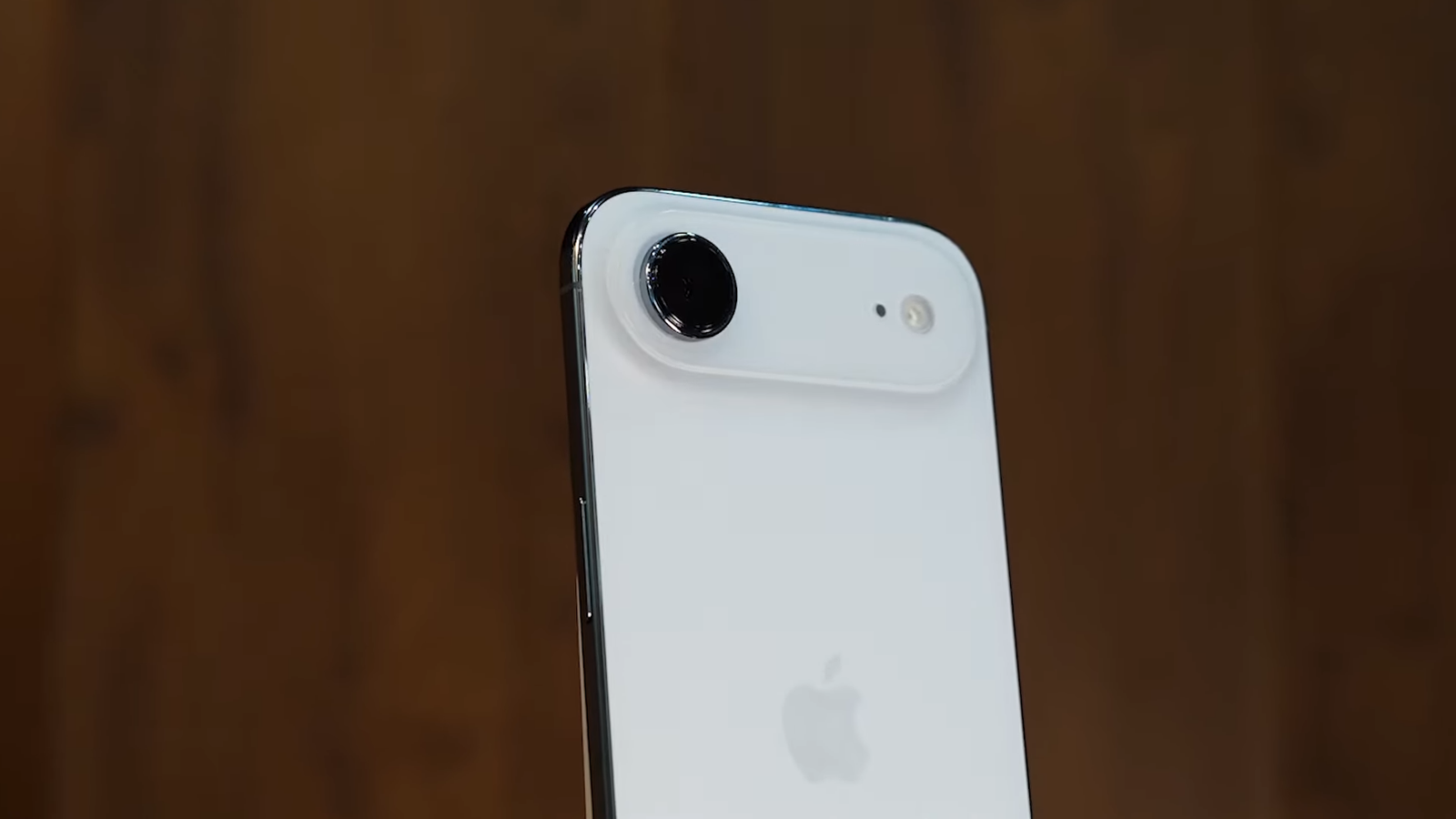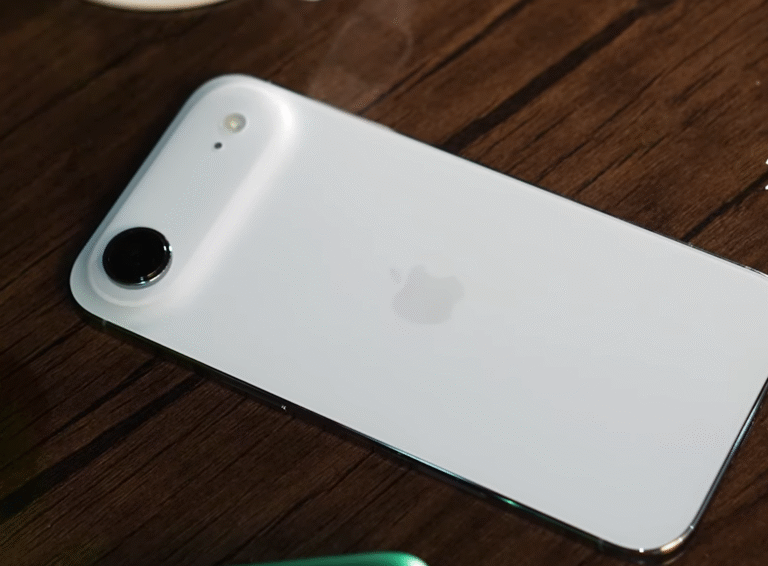
Apple has always been known for presenting every new iPhone as the “biggest leap ever.” With the launch of the iPhone Air, Tim Cook and his team continue this tradition, but it raises an important question: is this truly a massive leap forward, or just another incremental improvement with a new label?
At the heart of Apple’s claim is the phone’s remarkable thinness. The iPhone Air is 28% slimmer than the iPhone 16, yet it promises all-day battery life. That combination — thinner design with no sacrifice in performance or endurance — is impressive. Apple has long been obsessed with making devices smaller, sleeker, and more elegant, but this might be their most daring step yet.
Some analysts speculate that Apple’s relentless drive toward slimness hints at a future foldable design. If true, the iPhone Air could be an early sign of what’s coming. While not foldable itself, the engineering behind achieving such a thin form factor while maintaining battery capacity could lay the foundation for a foldable iPhone down the road.
But the big question remains: do people actually want a thinner phone?
The Durability and Longevity Question
For years, iPhones have been known for their durability and long product lifespan. Many users keep their iPhones for five years or more without feeling the need to upgrade. That longevity is both Apple’s strength and its challenge. On one hand, it demonstrates the company’s commitment to quality. On the other, it slows down upgrade cycles, reducing the much-anticipated “super cycle” effect that Apple investors often hope for.
The iPhone Air may not singlehandedly trigger a mass upgrade wave. While it offers a sleek design and solid endurance, consumers are increasingly practical. They’re asking whether thinner truly means better. If the phone already lasts a full day, most people may not see a compelling reason to switch — especially if their older device is still working just fine.
AI and the Super Cycle That Never Came
In recent years, many in the tech industry predicted that artificial intelligence would spark a massive iPhone upgrade cycle. AI-powered features like smarter Siri, on-device intelligence, and enhanced camera tools were expected to push millions of users into buying new devices.
But the reality has been more muted. While AI plays an increasingly important role, it hasn’t yet translated into the kind of double-digit sales growth Apple’s investors dream about. Instead, Apple continues to rely on steady, incremental improvements — thinner builds, more efficient chips, and better cameras — to keep the iPhone line fresh.
The iPhone Air fits into that pattern. It doesn’t radically change what an iPhone is, but it refines it. And for Apple, that might be enough to maintain its dominance.
The Customer Perspective: Do We Need to Upgrade?
What makes this launch fascinating is the perspective of everyday users. Many iPhone owners admit they’ve held on to their devices for four, five, or even more years. A phone like the iPhone 11 or iPhone 12 mini, though several generations old, still works perfectly fine for many.
That creates a dilemma for Apple. They’re delivering a product that is objectively better — thinner, sleeker, and still offering strong performance — but the customer base doesn’t necessarily feel the urgency to upgrade. For those who are still using an iPhone 11, the jump to the iPhone Air might feel nice, but not essential.
And that’s the crux of the debate: is Apple innovating in ways that actually motivate people to buy new devices, or are they perfecting an already mature product line?
What the Future Holds
Looking ahead, the iPhone Air may be remembered as a transitional model. It shows Apple’s engineering prowess and hints at what could come next. If Apple does eventually launch a foldable iPhone, the groundwork will have been laid by devices like this.
Until then, the iPhone Air stands as a symbol of Apple’s philosophy: make devices thinner, more powerful, and more refined, even if each step feels evolutionary rather than revolutionary.
For loyal Apple fans, it may still be enough. For others — especially those holding onto older but still functional iPhones — the iPhone Air may not justify the leap. But one thing is certain: Apple remains the master of balancing design, performance, and longevity, even as it faces the challenge of convincing customers that “thinner” is truly worth the upgrade.



